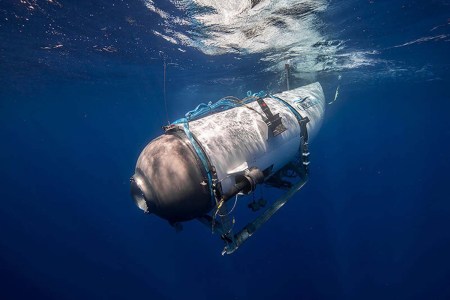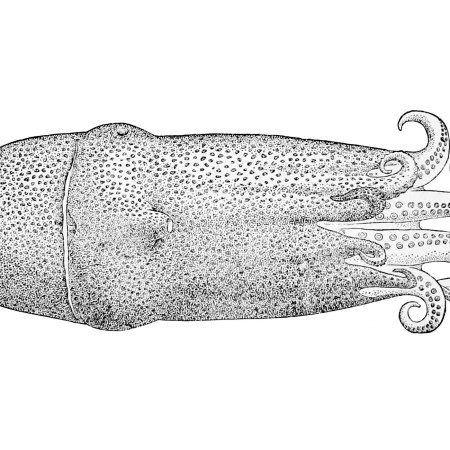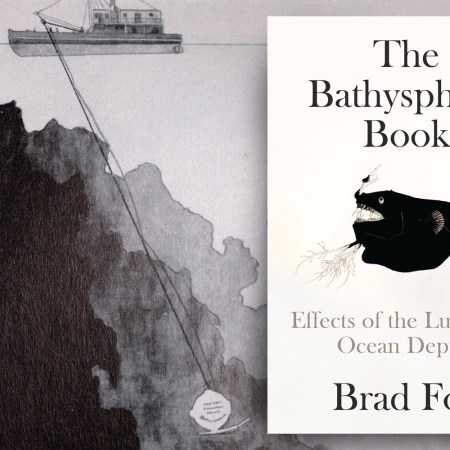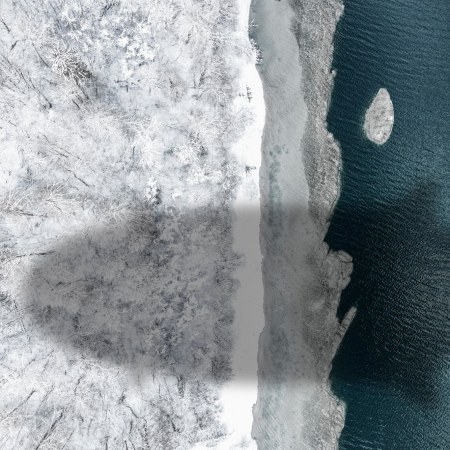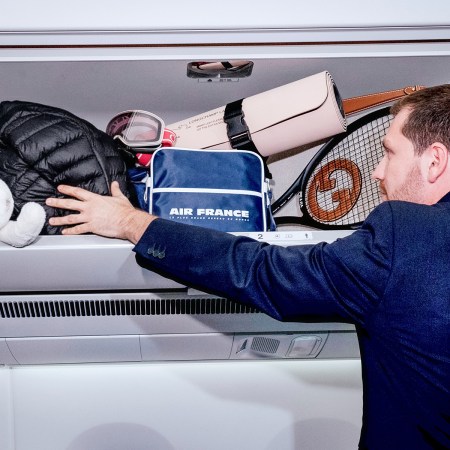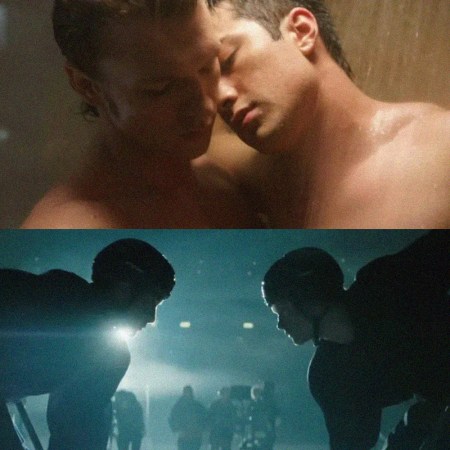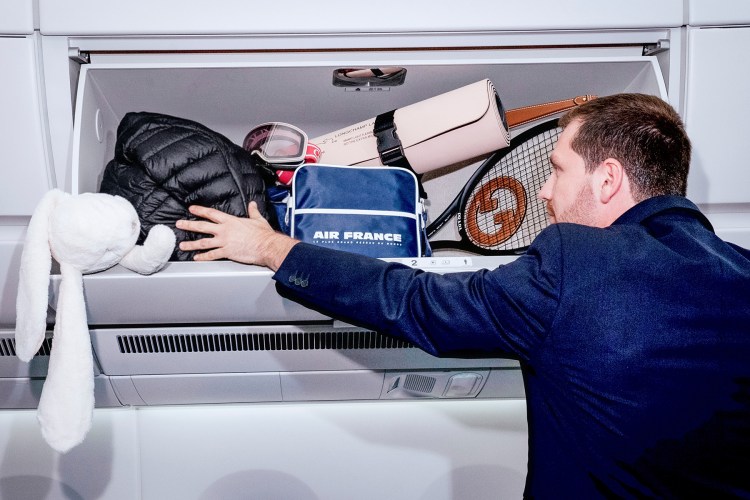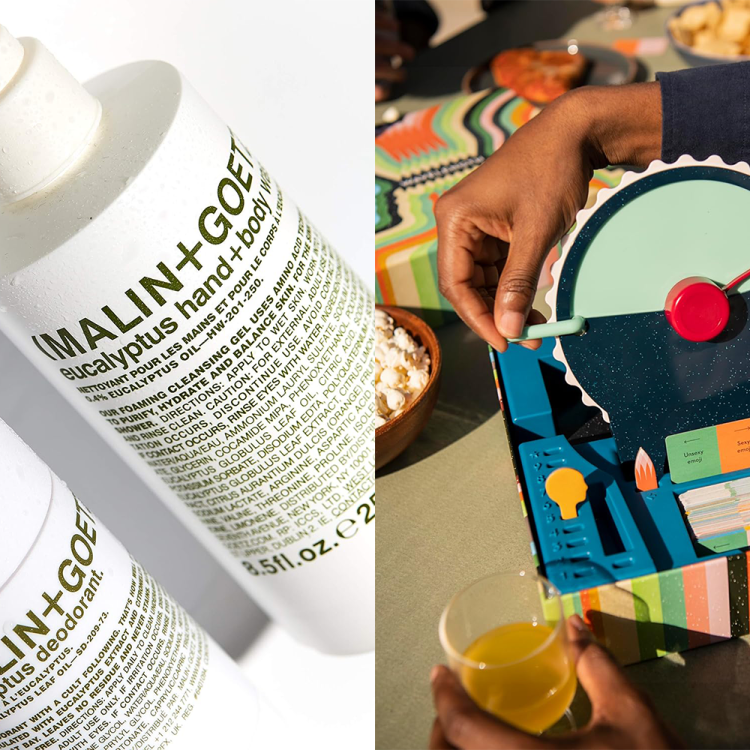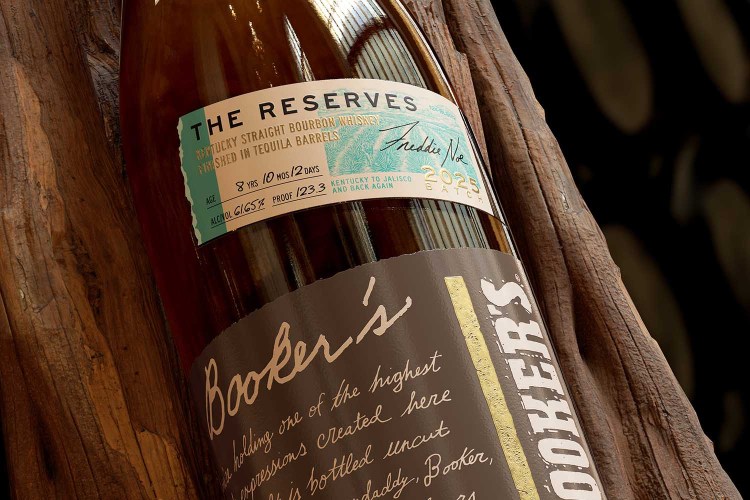It’s a few years away, but Victor Vescovo has already started working on the design of his next submersible. It will likely go faster, have better maneuverability, greatly improved sonar and — thanks to work with an unnamed U.S. university — possibly have a “robot” manipulation arm that’s based around an electrically-actuated artificial muscle, the prototype of which should be unveiled in around 18 months. Then Vescovo will be ready to get back into the water. Maybe.
Vescovo knows his submersibles. In 2019, the Texas-based private equity investor (and Everest-climbing and space-visiting explorer) became the first person to pilot one to the bottom of all of the world’s five oceans, in a submersible he developed with the Florida-based Triton Submarines. The 12-ton DSV Limiting Factor, named after a spaceship in an Iain Banks sci-fi story, re-wrote the rules of what a submersible could do. It could go down to Challenger Deep in the Pacific’s Mariana Trench, again and again (“Just like a bus,” as Vescovo puts it). Vescovo himself visited five times over 10 days — each an eight-hour round trip — and on other dives found the wrecks of the WWII-era USS Johnston and USS Samuel B. Roberts, the deepest wreck in the world, in the Philippine Sea.
The Titanic? He went down to see that three times.
“I did think about buying Deepsea Challenger [the submersible once owned by film director James Cameron, who also dove down to Challenger Deep, in 2012] and repurposing that, but it wasn’t in great shape,” says Vescovo, “Besides, the technology had moved on and it soon became clear that we’d have to start from scratch.”
What followed was a balancing act between Vescovo’s requirements and the temptation to make his submersible overly complicated. He also had to consider the impact of both on his checkbook, with the hope being that the development of a fully re-useable deep sea submersible would allow it to be sold to a government or research organization so he could recoup some of the many millions he would personally sink into his Five Deeps project. Indeed, the Limiting Factor remains one of only two submersibles in the world currently capable of reaching the ocean floor.

This meant building a submersible with two seats (one for just a pilot is no good for research purposes). It meant making a 12’x12’x6’ craft not from steel or aluminum but, “very light, very strong, very corrosion-resistant but also very expensive” titanium, which could withstand the 16,000 PSI at Challenger Deep’s 36,000-foot depth. In his words, it had to be shaped “more like a very compact briefcase than a traditional submarine.”
Such decisions were not inexpensive. Vescovo estimates it was $50 million alone for the design and build of Limiting Factor, together with all support craft and systems. “It doesn’t sound like much [relative to the cost of spaceflight, for example] but it’s real money when you’re writing the check and was at the limit of what I was comfortable risking,” he says.
But those decisions arguably proved life-saving. When the OceanGate Titan submersible imploded on its descent to the Titanic two years ago, with two of Vescovo’s friends on board, the disaster was ascribed both to its submarine-like shape — deemed necessary to allow seats for fee-paying passengers — and its use of a partly carbon fiber hull.
The Titan Incident Has Renewed Interest in Extreme Adventure Among the Ultra Wealthy
The greater the risk, the greater the reward?“Carbon fiber is good in tension — it’s so ideal for aircraft — but not in compression. It’s capricious. And when it fails it fails catastrophically,” Vescovo laments. “But it’s [relatively] cheap. Numerous people knew [the Titan] wasn’t a safe craft and warnings were ignored. But it was operating in international waters so there wasn’t much that could be done.”
Limiting Factor, in contrast, was third-party accredited for safety throughout its entire design and testing process by the international maritime authority DNV-GL. “Again, that’s costly and takes time, but makes sure the submersible is safe and reliable,” says Vescovo. “It means virtually anyone could get into the submersible and expect the same standards [of dependability] of, say, an airliner. That made Limiting Factor a prototype, if not experimental.”
It also made it the kind of vehicle that, among others, Prince Albert of Monaco would happily take a ride in, and that Gabe Newell, billionaire video game owner turned founder of the Inkfish marine research organization, would want to buy from Vescovo.
Not that things didn’t go wrong on Vescovo’s dives. There were electrical blackouts. They lost one of those manipulating arms. Saltwater got into a battery and it started melting (it would have ignited if it wasn’t for the pressure). Thankfully, by design, Limiting Factor had backup systems for the backup systems, much as manned spacecraft do.

“That’s what you need when you’re going into one of the harshest environments on Earth because we expected things to fail,” says Vescovo. “All these alarms are going off but you know the design is robust and problems can be isolated. Then you’re operating at two levels. On the one hand, it’s ‘Oh crap, this is the deepest ever fire on any submersible and we’re hours from the surface,’ and yet, on the other hand, I’ve been a pilot since I was 19 so you’re trained to just start working the problem. Then you have a stiff drink back on the surface.”
It’s a sign of his confidence in Limiting Factor that, Vescovo says, he never felt serious concern, or nothing like the “battle to the death with nature” as he describes some of his mountaineering experiences. But, he says, it’s important to keep pushing technology forward to make such adventures both possible and even more steadfast.

To that end, he’s now looking up as well as down, funding the Greenwater Foundation’s project to map 84,000 square miles of coastal waters of 14 countries — much of which has not been mapped before, including Florida Bay and waters off Mexico — by a pioneering use of what’s called satellite-derived bathymetry, wherein European Space Agency satellite data is used to calculate and model underwater topography in areas where doing so using ship and aircraft sonar becomes more challenging. It’s Vescovo’s contribution to the UN’s Seabed 2030 project, the ambitious plan to map the planet’s entire seabed by the end of the decade.
But it’s still going to the seabed that gets him excited. If, as he posits, Trieste was the first generation of deep-sea submersible (in 1960 it became the first crewed vessel to reach the bottom of Challenger Deep), Deepsea Challenger the second generation and Limiting Factor the third, “think of the exploration that a fourth generation could bring,” he says. “That’s why I’m excited to be working on the tech to bring submersibles to the next level.”
Of course, that will mean him getting his checkbook out again. “Before Limiting Factor [became a craft capable of multiple trips to the ocean floor] it hadn’t been done before, and why would it other than for scientific research? All the same, I was surprised when I started looking into all this that it hadn’t been done,” Vescovo adds. “Governments and major institutions have had the resources but not the desire. Others have had the desire but not the resources. You need someone with both.”
This article appeared in an InsideHook newsletter. Sign up for free to get more on travel, wellness, style, drinking, and culture.

